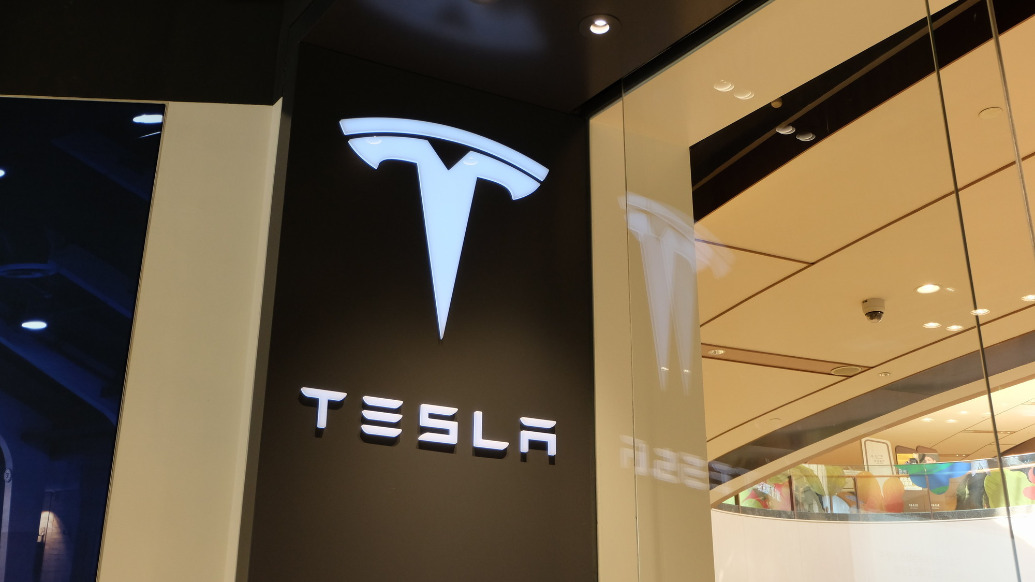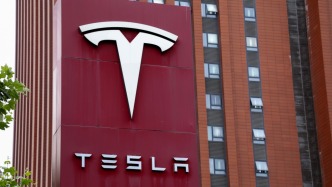
When Xiaomi YU7 stirred up the mid-to-high-end pure electric SUV market with a starting price of 253,500 yuan, expectations that Tesla Model Y would start a price cut counterattack were dashed.
On July 1, the price of the Model 3 Long Range version increased by 10,000 yuan to 285,500 yuan. Although the Model Y Long Range version maintained a price of 313,500 yuan, its CLTC range increased from 719 kilometers to 750 kilometers. The core logic of Tesla's price adjustment this time is to dare to transform product upgrades into brand premiums. The Model 3 Long Range version has achieved a 40-kilometer increase in range without changing the battery density through battery chemical formula optimization and three-electric system efficiency improvement, and the 0-100-kilometer acceleration has jumped from 4.4 seconds to 3.8 seconds. This magic of "unchanged hardware and improved performance" comes from Tesla's deep optimization of the motor control algorithm and energy management system.
It is worth noting that Tesla's acceleration performance improvement is achieved through software unlocking rather than hardware changes. It is not difficult to find that this top electric vehicle manufacturer, which pioneered the "hardware pre-embedded + software payment" business model, is still at the forefront of the industry. In contrast, Xiaomi YU7's "hardware stacking" strategy has a sense of "great effort to achieve miracles". Although the YU7 standard version has a parameter advantage with 835 kilometers of range and 800V high-voltage platform, Tesla has achieved a reversal in unit power consumption efficiency through actual road energy consumption optimization. The Model Y long-range version can travel 9.57 kilometers per kilowatt-hour, while the YU7 Pro can only support 7.99 kilometers per kilowatt-hour. This underlying technology gap has become the basis for Tesla to insist on a premium.
With the second phase of Xiaomi's Beijing factory not yet put into production, the explosive sales of YU7 reflects the market's desire for "technological equality". However, Tesla's response strategy shows the old powerhouse's precise operation of brand assets. Model Y did not follow the price cut, but instead strengthened the "benchmark product" mentality through battery life upgrades. The price increase of Model 3 sent a clear signal: Tesla no longer participates in a simple price war, but turns to a value war.
Just like Tesla's numerous price adjustments before, its logic of rise and fall has no direct connection with the price war of its competitors, but is based on its own considerations of manufacturing costs, exchange rates and other factors. Behind this is Tesla's deep control over the cost structure. According to the data from the China Passenger Car Association, Tesla's China single-vehicle gross profit margin remained above 22% from January to May 2025, far exceeding the industry average. Tesla chose to transform its technological investment into pricing power, which not only avoided the risk of profit erosion, but also maintained the brand's relatively high-end image.
The entry of Xiaomi YU7 is a sign of the transformation of the smart electric vehicle market from "policy-driven" to "product-driven". The sales performance of the SU7 series in the market above 200,000 yuan has surpassed that of Model Y, proving that Chinese brands have the ability to define product standards. However, Tesla's response strategy shows that its parameter competition relies more on system capabilities.
There are already signs of this transformation at the supply chain level. The localization rate of Tesla's Shanghai Super Factory has reached 95%. As Tesla continues to reduce costs through 4680 batteries, CTC technology, and integrated die-casting technology, Chinese brands that are good at integrating supply chains need to be wary of the fact that over-reliance on supply chain dividends may weaken long-term innovation capabilities.
Although the 289,000 orders demonstrate the market potential of Xiaomi YU7, Tesla is trying to create new decision-making anxiety through a combination of limited-time benefits (referral rewards, 5 years of 0 interest) and performance upgrades. The "increase in quantity without price increase" of Model Y creates an implicit order-forcing effect, while the price increase of Model 3 implies the consumer psychology of "buy early and enjoy early".
As consumers become more mature, their evaluation of electric vehicles is also expanding. The streamlined body and smart cockpit of the YU7 are certainly eye-catching, but Tesla's charging network, OTA upgrade frequency and residual value rate may still be key variables affecting decision-making.
When the orders for Xiaomi YU7 surged, Tesla had to use a "technology-driven price increase" to complete its strategic positioning. This also reminds Chinese brands that the transcendence achieved in the parameter table needs to be transformed into a winning advantage in system capabilities in order to gain pricing power in the second half of smart electric vehicles.


